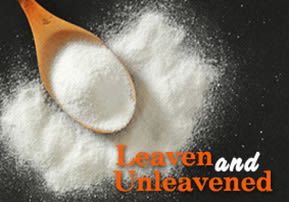
Leaven and Unleavened
What is the difference between chometz and matzoh, leaven and unleavened? The raw materials are identical—flour and water...

What is the difference between chometz and matzoh, leaven and unleavened? The raw materials are identical—flour and water. The entire difference is in the situation they find themselves in. A tiny difference, indeed!
The Eve of Pesach…
In every corner, in every crack we check for the slightest crumb of chometz, leaven.
Why? What is the reason we are so concerned about every speck of chometz?
The Haggadah of Pesach explains the reason for matzoh, unleavened bread: “This matzoh that we eat — for what reason? Because the dough of our fathers did not have time to become leavened before the King of Kings, the Holy One, blessed be He, revealed Himself to them and redeemed them.”
If this is the reason for eating matzoh, why is it considered such a severe transgression to have any chometz in our domain? Why must we get rid of every speck of chametz? Wouldn’t it be possible to commemorate the haste with which we left Egypt by eating matzoh, even if there were some chometz left in the house?
We do not keep mitzvot to commemorate some national historical event. There are deep underlying reasons to all the mitzvot.
The root of the word mitzvah is related to tzavta, a group — the concept of connection and joining together — for the mitzvah has the power to connect us to the Divine light that is “concealed” in the entire creation. A transgression, on the other hand, removes us and distances us from this light, and darkens our spiritual world with close-mindedness and bitterness.
Using this principle we can understand the essence of eating matzoh and the prohibitions of eating chometz and of having it in our domain on the holiday of Pesach.
What is the difference between chometz and matzoh? The raw materials are identical—flour and water. The entire difference is in the situation they find themselves in.
Chometz is dough that was allowed to rise, whereas matzoh is dough that was baked before it had time to rise.
It’s really a very tiny difference.
The world consists of four fundamental elements – Earth, Water, Wind, Fire. Chametz is comprised of all four: the fundamental element of Earth — from which the wheat sprouted –is combined with Water — with which the wheat flour is kneaded — to make dough. Wind is the air that puffs the dough by making it rise, and then the Fire bakes it. With matzoh, however, one element is missing — Wind, the air.
The letters of the words chometz and matzoh are strikingly similar. Both words contain a mem and a tzaddi; the difference between them is that chametz has a chet–ח whereas matzoh has a hey–ה. These letters are almost exactly alike, a tiny drop of ink fills in the gap and changes a hey into a chet.
These two situations that are expressed in dough as chometz and matzoh exist in our soul as well. Within our selves are situations of chometz and matzoh, and the difference between them is small, and seemingly unimportant.
Chometz is the situation when the fundamental element of Wind is aroused in our soul, and we feel puffed up, just as the yeast puffs up the dough. This is the root of arrogance, a feeling of ego and self-importance—the root of all lust and bad character traits. (Colloquially, we also describe an arrogant person as being “all puffed up”).
“To be all puffed up” means to look bigger than you really are. Sometimes a person will try to appear as if he is talented and filled with fine qualities when he’s really just filled with hot air.
The presence of matzoh in our soul, on the other hand, is when the element of Wind is absent. When a person is in this state he does not try to impress his surroundings with something he does not have. He knows his true value, his “size.” In fact, it is precisely because he recognizes his limitations that he can really grow.
This is the difference between the letter chet and the letter hey.
The chet represents the concept of error, as its name implies (chet means error). An error entails missing the target, and one who is arrogant misses the opportunity to achieve his real goal and his entire potential.
The letter hey represents giving, as in the verse: “Hey—here is seed for you” (Bereishit 47:23). Only someone who recognizes his real worth is capable of giving a true gift to his fellow man.
The letter chet is closed on all sides: ח. The only opening points downwards, which alludes to the sinner’s situation sinner, he misses his opportunities—he can only fall downwards. The letter hey, on the other hand, has an opening above and below as well—ה—and this demonstrates that someone who knows his failings can escape and rise above his limited situation.
On the outside, the difference between the hey and the chet—the difference between truth and falsehood—is miniscule, almost unimportant. But in the inner dimension the distance between the imposter and the true person is as the distance from heaven to earth, as the disparity between a live man and his reflection in the mirror.
The spiritual state of chometz is caused, along with other reasons, by the eating of chometz. And the state of matzoh is influenced by eating matzoh.
Why, then, doesn’t the Torah prohibit eating chometz all year round?
The reason is that the seven days of Pesach, the holiday of freedom and release from spiritual enslavement, is the ideal time to refrain from the damaging chometz. After a week of removing ourselves from the chametz, while eating the matzoh, we are able to deal with chometz, and the spiritual state it induces, for the remainder of the year.
Our purpose on earth is achieved through struggling to acquire spiritual perfection. We “charge our batteries” during these seven days of “spiritual rest and relaxation” to wrestle with arrogance and egoism that are the cause of all evil—and emerge with renewed strength to do battle.
(From: Above Time, by Rav Erez Moshe Doron, and on the website: www.levhadvarim.com)


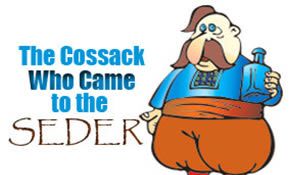


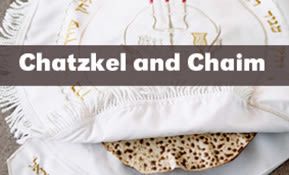
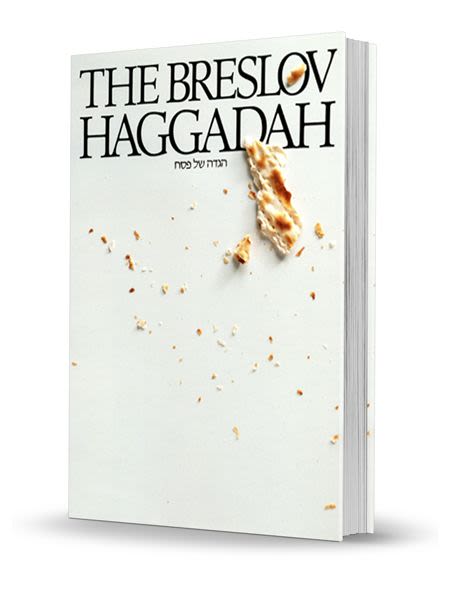

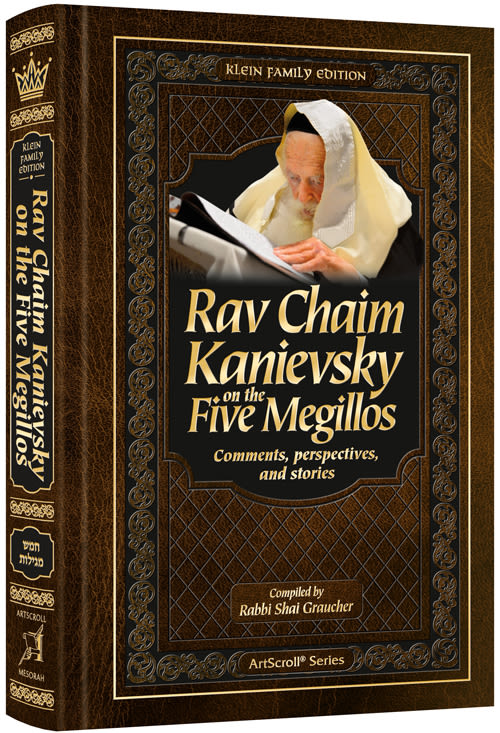
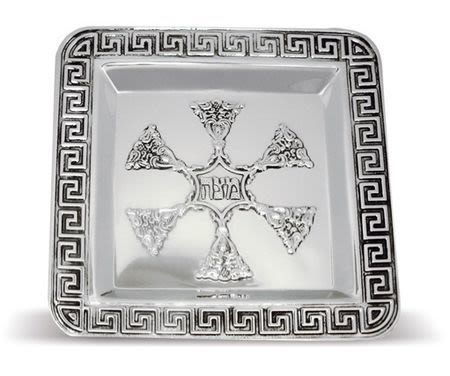

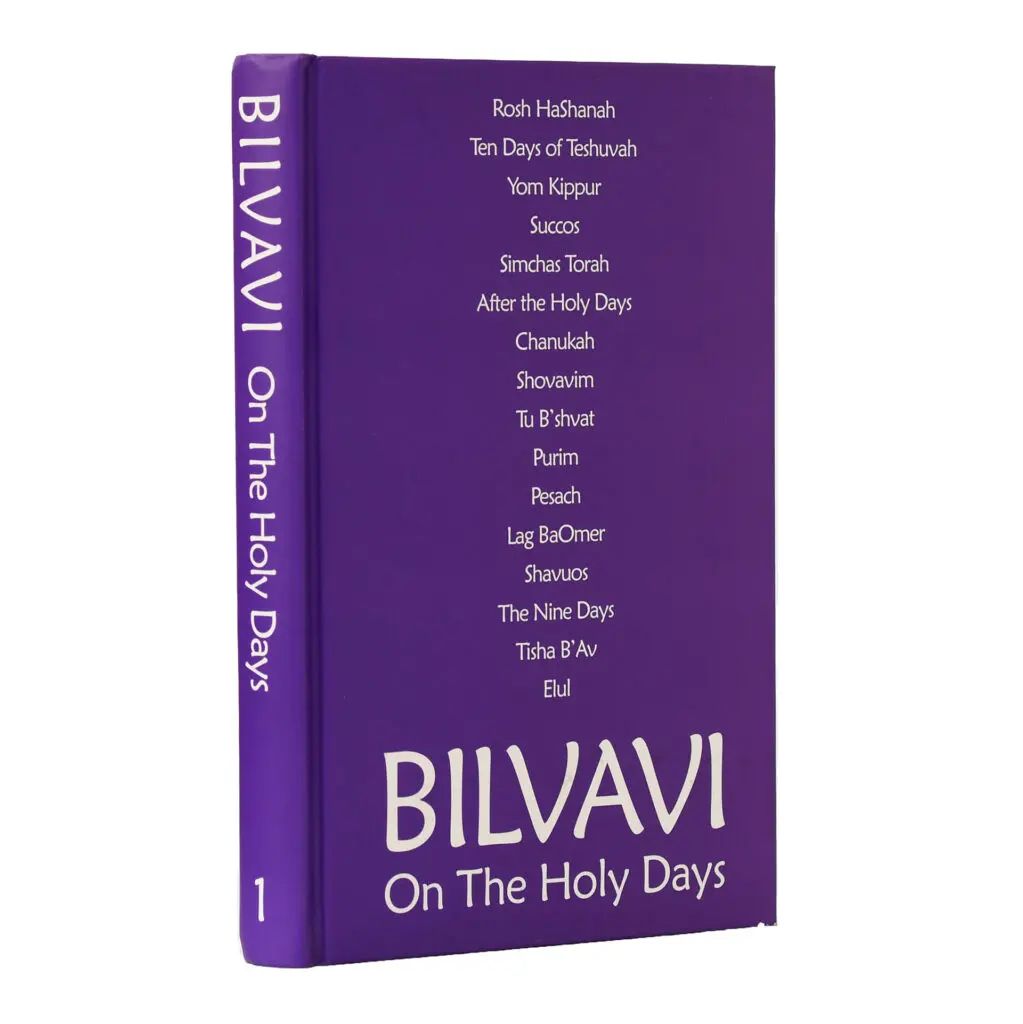
Tell us what you think!
Thank you for your comment!
It will be published after approval by the Editor.